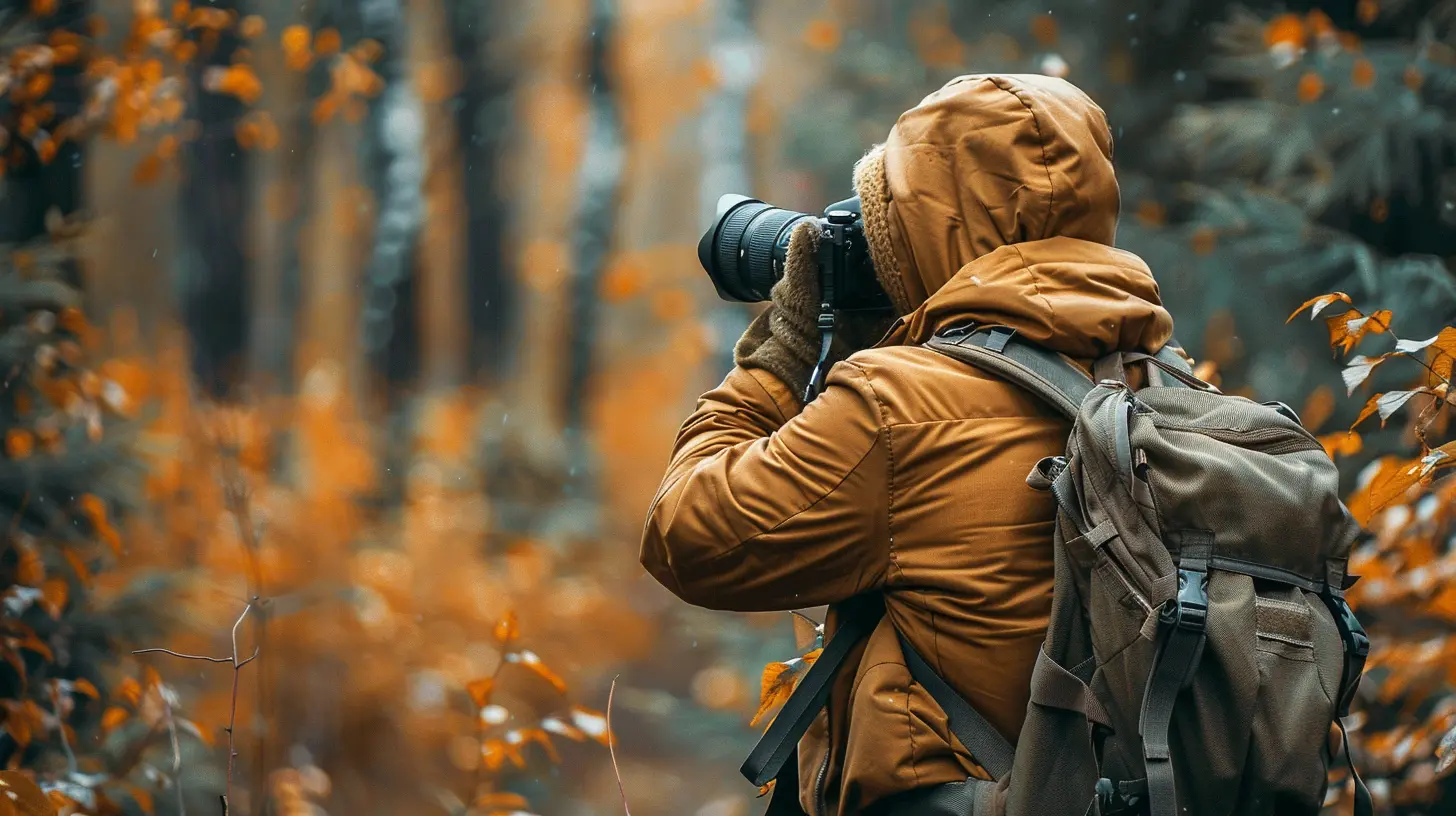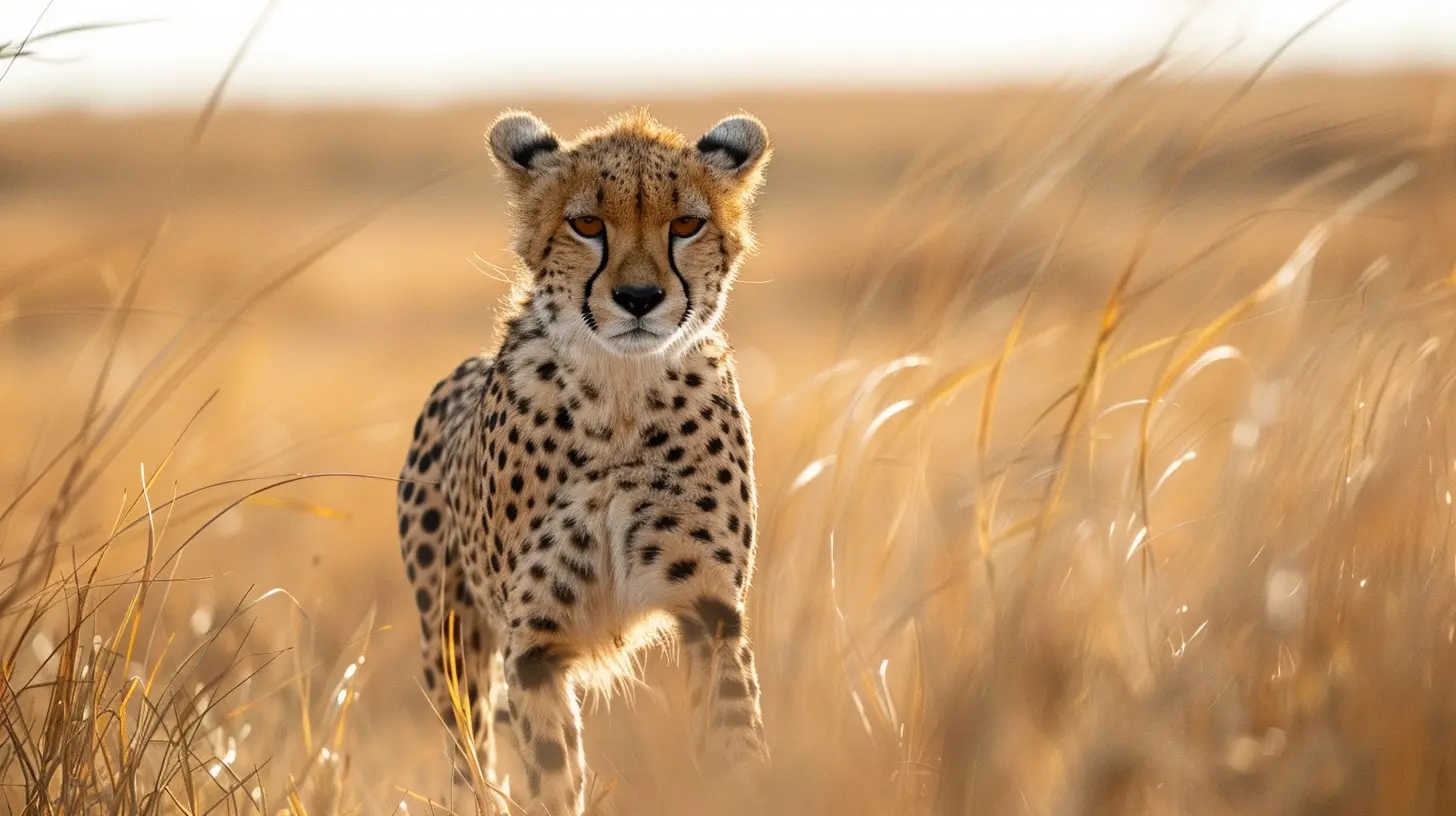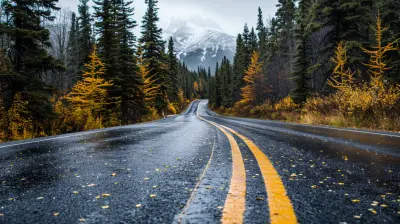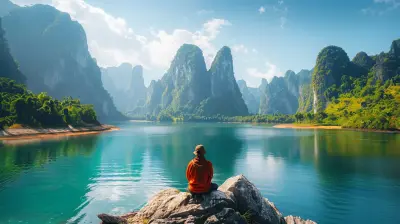21 March 2025
There’s something magical about capturing wildlife in their natural environment. The raw beauty of animals in the wild just hits different, doesn’t it? Whether it’s a majestic lion on the Serengeti, a curious squirrel in your local park, or a rare bird perched on a tree, photographing wildlife can be one of the most rewarding experiences for any nature lover.
But here’s the thing — while it’s exciting to get that perfect shot, we must always remember that we are visitors in their world. And as guests, it’s our responsibility to ensure that we don’t disturb their natural habitat. So, how exactly do we manage to photograph wildlife while blending into the background like a wildlife ninja?
Let’s dive in!

1. Understand Animal Behavior
Before you even pick up your camera, it’s essential to understand the behavior of the animals you’re photographing. Different species react differently to human presence. Some animals might be curious, others skittish, and some downright dangerous (looking at you, grizzly bears).Why is this important?
Knowing how an animal behaves helps you anticipate their actions, which can lead to better photos. More importantly, it reduces the risk of accidentally spooking or disturbing them. For instance, birds are easily startled by sudden movements or noises, while some mammals may become aggressive if you get too close.
Quick tip: Do your homework! Research the wildlife in the area. Understand their feeding, resting, or migration patterns. Knowing when and where they’re most active will not only help you get better photos but will also minimize your chances of disturbing them.

2. Keep Your Distance
One of the biggest mistakes novice wildlife photographers make is getting too close to animals. We get it — that intimate close-up is tempting. But, here's the truth: getting too close can stress the animals and can even alter their behavior.Think of it like this: imagine you’re sitting in your backyard, relaxing with a cup of coffee, and suddenly a stranger runs up two feet from your face with a camera. Yeah, not cool, right?
Solution? Use a telephoto lens. This allows you to zoom in and capture stunning, frame-filling images without invading their space, kind of like eavesdropping on a conversation without anyone noticing. It’s a win-win!
Another handy rule: if the animal alters its behavior because of you (maybe it walks away or hides), you're too close. Back off, and give them space.
Pro tip:
The “Rule of Thumb” in wildlife photography is to observe the animal’s behavior. If they seem relaxed and continue their normal activities, you’re probably a safe distance away. If they act wary, stop what you're doing and move back quietly.
3. Minimize Noise and Movement
When you’re out in the wild, the last thing you want is to sound like a marching band. Wildlife is ultra-sensitive to sound, and many animals will bolt at the first unusual noise.Start by dressing appropriately. Wear soft, quiet clothing without any metal zippers or clunky boots that might make noise. And when it comes to walking, think like a ninja. Slow, deliberate steps are the way to go.
The same thing goes for your photography gear. Sudden, loud clicks from your camera’s shutter can spook an animal, so opt for a quieter setting if your camera has one. Some modern cameras even have silent shooting modes specifically designed for wildlife photography!
Pro tip: Practicing the art of stillness can be just as important as snapping the photo. Try to find a vantage point, settle in, and be prepared to wait. Patience often leads to the best shots.

4. Use Natural Cover
If you’ve ever watched a wildlife documentary, you’ve seen those camouflaged blinds or hides the photographers use to blend into the environment. This isn’t just for stealth mode — it’s also to protect the wildlife from noticing human presence.While you don’t always need a full camouflage setup, using natural cover like trees, bushes, or rocks to conceal yourself can work wonders. The idea is to blend in, not stand out like a neon sign.
Here’s the kicker: animals are quick to spot movement. Even if you're hidden behind a tree, darting out in the open can give you away. Slow and steady movement, coupled with natural camouflage, can help you observe and photograph wildlife without them even knowing you’re there.
Quick tip: If you’re going to be photographing in one spot for a while, consider wearing clothing that blends into the environment's colors. Earth tones like greens, browns, and grays will help you avoid drawing attention. Think of yourself as part of the landscape.
5. Respect Nesting Sites and Feeding Areas
Nesting and feeding are critical times for wildlife, and disturbing them during these activities can have long-lasting effects. For example, disturbing birds during the nesting season could lead them to abandon their nests or young ones. Similarly, approaching animals while they’re feeding can interrupt their food intake, which is crucial for their survival, especially during particular times of the year.The solution? Keep your distance and use the power of your telephoto lens.
Additionally, never bait animals with food. Bringing snacks to lure them closer might seem like a great way to coax them into a shot, but it disrupts their natural behaviors and can make them reliant on human interaction, which is never a good thing for the animal.
Pro tip:
Steer clear of baby animals. Sure, a photo of a fluffy baby deer or bear cub seems irresistible, but adults can become extremely aggressive when they feel their young are threatened.6. Timing is Everything
Timing plays a major role in wildlife photography. Many animals are most active at dawn or dusk when the light is also magical for photography — it's called the "Golden Hour" for a reason.But beyond the lighting benefits, there’s another bonus: fewer people are out and about during these times, meaning less human disturbance overall. Plus, in the early mornings or late evenings, wildlife is typically calmer and going about their daily routines, making it easier for you to capture those candid, in-the-moment shots.
Pro tip:
Try to avoid photographing during midday. Not only is the light usually harsh and unflattering, but animals often retreat to shady spots where they’re harder to spot and photograph.
7. Use Remote Cameras
If you want to take things up a notch in your wildlife photography game, consider using remote cameras. These allow you to capture close-up shots of animals without being anywhere near them. It’s like having a personal photographer working on your behalf without the risk of disturbing the wildlife.Trail cameras or cameras mounted on tripods with triggers can prove invaluable, especially if you’re photographing elusive or dangerous species.
Set them up in areas where animals are known to pass through (like waterholes or trails), and you can get some fantastic images without ever stepping foot in the animals’ space.
8. Leave No Trace
Last but not least — always, always practice the "Leave No Trace" principles. This means taking extra care not to disrupt the environment in any way. Pick up your trash, avoid trampling sensitive habitats (like nesting grounds or feeding areas), and leave the wilderness exactly as you found it — or better.The idea is to be invisible, not just to the wildlife but to the environment itself. If we all respect these habitats, future generations will have the same opportunities to appreciate and photograph these amazing creatures.
Pro tip:
Consider packing a small garbage bag with you whenever you head out. It’s a simple way to ensure you leave no trace and can even make your photography expedition more eco-friendly.9. Respect Local Guidelines and Regulations
Every wildlife area has its own set of rules to protect the animals and their habitats. Whether you’re in a national park, a protected reserve, or a local nature trail, it’s crucial to follow the guidelines. These rules are there for a reason — to ensure that the wildlife and environment are kept safe.Sometimes, there are specific rules regarding how close you can get to animals, certain areas that are off-limits during mating or migration periods, or even rules about drones (many places now ban them because they disturb animals).
Pro tip:
Check with local park authorities or wildlife organizations before your trip to ensure you’re aware of all regulations. This prevents any unintentional rule-breaking while ensuring the safety of the wildlife.
Conclusion
Photographing wildlife without disturbing their natural habitat requires patience, respect, and a little bit of know-how. It’s a delicate balance — capturing the beauty of the animal in the wild while leaving nature undisturbed. By keeping your distance, minimizing your presence, and respecting the animals’ space, you can create stunning images that celebrate the wild without compromising its integrity.So, grab your camera, head out into nature, and remember: the best wildlife photographers aren't just great with a camera; they're also great at being respectful visitors. After all, the wild is their home, and we’re just passing through.





Kenzie Lopez
Capture their grace, respect their space.
April 1, 2025 at 4:27 AM